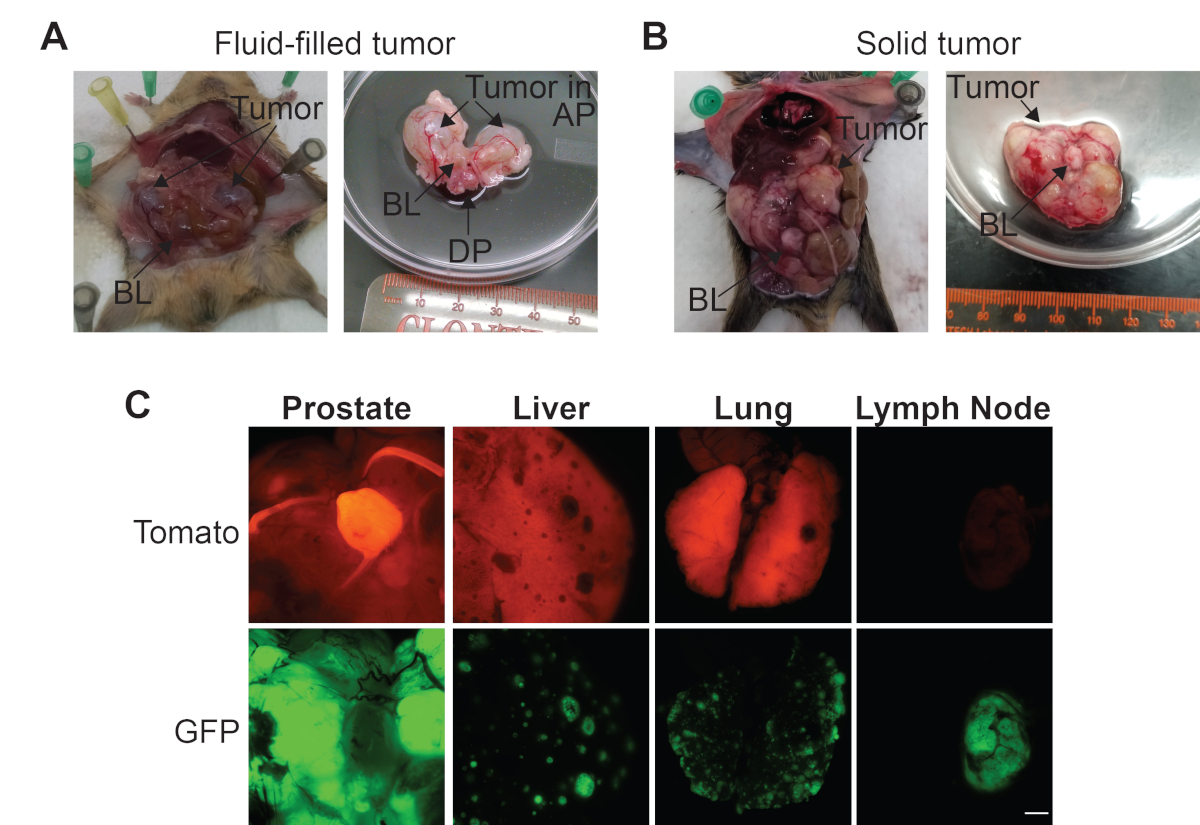
Self-organization of polarized cerebellar tissue in 3D culture of human pluripotent stem cells. Muguruma, K., Nishiyama, A., Kawakami, H., Hashimoto, K. Subregional specification of embryonic stem cell-derived ventral telencephalic tissues by timed and combinatory treatment with extrinsic signals. Organogenesis in a dish: modeling development and disease using organoid technologies. Engineering human pluripotent stem cell-derived 3D brain tissue for drug discovery. Brain-region-specific organoids using mini-bioreactors for modeling ZIKV exposure. Midbrain-like organoids from human pluripotent stem cells contain functional dopaminergic and neuromelanin-producing neurons. Functional cortical neurons and astrocytes from human pluripotent stem cells in 3D culture. Self-organization of axial polarity, inside-out layer pattern, and species-specific progenitor dynamics in human ES cell-derived neocortex. FOXG1-dependent dysregulation of GABA/glutamate neuron differentiation in autism spectrum disorders. Cerebral organoids model human brain development and microcephaly. Modeling psychiatric disorders with patient-derived iPSCs. Induction of pluripotent stem cells from adult human fibroblasts by defined factors. Competence with hiPSC culture is required for optimal results. This protocol takes 14–84 d to complete (depending on the type of brain region–specific organoids and desired developmental stages), and organoids can be further maintained over 200 d.

The reduction in culture volume, increase in throughput and reproducibility achieved using our bioreactor and region-specific differentiation protocols enable quantitative modeling of brain disorders and compound testing.


These organoids recapitulate key dynamic features of the developing human brain at the molecular, cellular and structural levels.
#REGION X PROTOCOL HOW TO#
We also describe how to use SpinΩ to generate forebrain, midbrain and hypothalamus organoids from human induced pluripotent stem cells (hiPSCs). Here, we describe the procedures for building the miniaturized multiwell spinning bioreactor SpinΩ from 3D-printed parts and commercially available hardware. Suspension cultures maintained by spinning bioreactors allow for the growth of large organoids despite the lack of vasculature, but commercially available spinning bioreactors are bulky in size and have low throughput. Human brain organoids, 3D self-assembled neural tissues derived from pluripotent stem cells, are important tools for studying human brain development and related disorders.


 0 kommentar(er)
0 kommentar(er)
